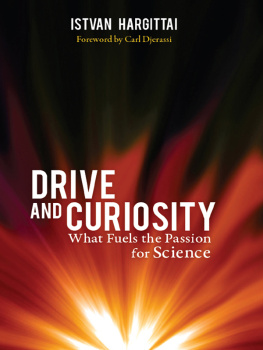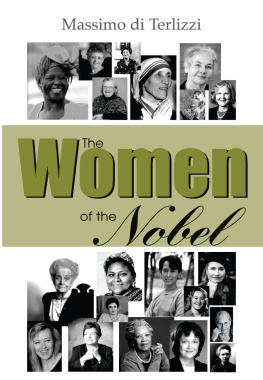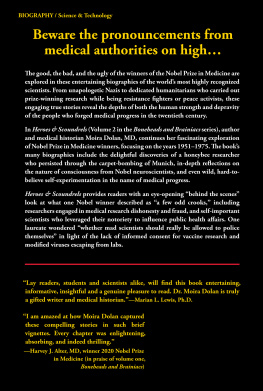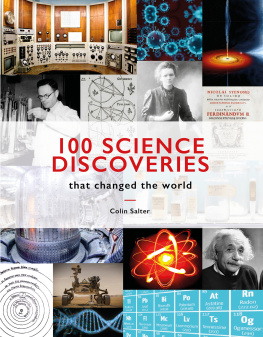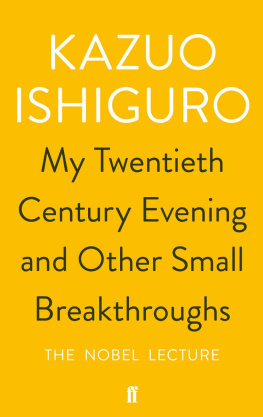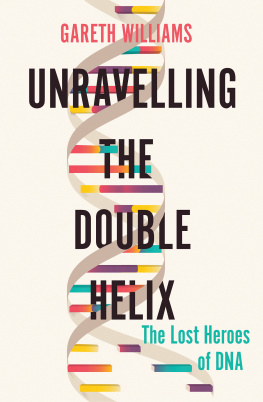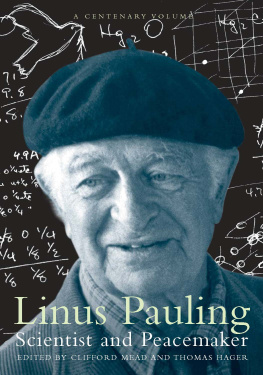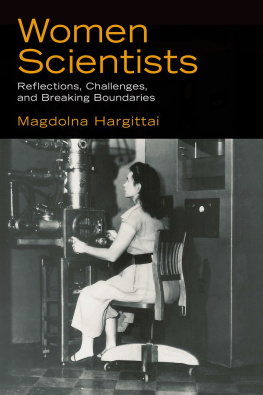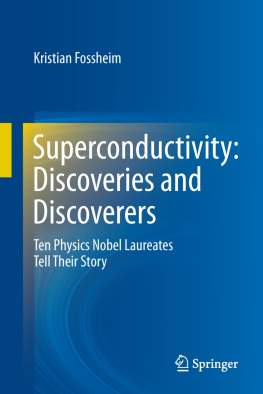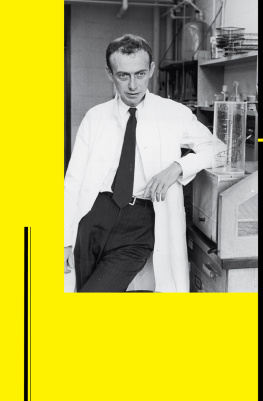
Istvan Hargittai shares with us his fascinating insights into the passion and drive that lie behind some of the most important scientific discoveries of the last century. This is an invaluable book for those who want to go beyond the usual textbook descriptions of the scientific endeavor.
Leon N Cooper, Nobel laureate,
Brown University
Hargittai has succeeded in summarizing in a very skillful manner the lives of many of the most important scientists of the last half of the twentieth century. His seemingly casual style is adept in portraying the personalities and motives of these scientists very vividly.
Sidney Altman, Nobel laureate,
Yale University
Yet another masterpiece by Istvan Hargittai, this time highlighting the multifarious patterns of human endeavor to be found behind some of the most fascinating and astounding chapters in the history of science.
Arvid Carlsson, Nobel laureate,
University of Gothenburg, Sweden
This book presents insights into the intricacies of scientific research and discoveries and should find wide interest outside as well as inside the scientific community. The stories can in particular motivate young people to become scientists. This stimulating book will greatly help the reader to understand and to appreciate scientific advances as well as the impact of their practical applications on our living conditions.
Werner Arber, Nobel laureate,
University of Basel, Switzerland
The eternal quest for creativity assumes many paths. Hargittai's book has a collection of unusual paths that led to successful solutions for existing problems and also shed light upon unexpected new knowledge that allows us to understand our universe better. The book provides approaches that have changed fuzzy logic to concrete physical or mathematical relationships.
Isabella Karle, formerly of the
Naval Research Laboratory;
recipient of the National Medal of Science
Science, discovery, and scientists: the right person, at the right time, in the right place. This book provides a thoughtful and vivid analysis of how scientific progress happens through some selected case studies. It should be of value to the practitioners but even much more so to the general educated public who wish to get insight into the various processes underlying the quest for knowledge. Prometheus gave us the light and we cannot give it back. Science will shape our destiny!
Jean-Marie Lehn, Nobel laureate, France
Hargittai's book offers potential explanations of the origin of the most laudable of all human endeavorsthe pursuit of high-quality science. This is done by describing the paradigmatic achievements of fifteen selected scientists, most of whom have been interviewed personally by the author. The stories are exciting to read and they illustrate that a wide diversity of personal traits may further the making of major discoveries. There is no predictable single road to success.
Erling Norrby, former dean of the
medical faculty of the Karolinska Institute,
member of the Nobel Committee for
Physiology or Medicine, permanent secretary
of the Royal Swedish Academy of Sciences,
and member of the board of the
Nobel Foundation, Stockholm
This new book by Istvn Hargittai addresses a theme of great interest. Not only parents, students, and young scientists are keen to know the recipe for a successful career in science, but also mature scientists themselves and science historians. The book answers this question in an indirect way, in a series of lessons, consisting of fifteen highly interesting stories of major scientific discoveries. Each illustrates a special trait shown, in addition to drive and curiosity, by the scientists making the discoveries. In this way Professor Hargittai manages to touch on such useful traits as bravery, dedication, stamina, toughness, aggressiveness, perseverance, serendipity, risk-taking, imagination, and many more. Among the twenty scientists who are the main players in these stories, more than half have so far received Nobel Prizes. A few have passed away without winning, but one or two may still be given this very particular distinction. If so, Professor Hargittai can really be said to have succeeded in his choice of the corresponding lessons!
Anders Brny, former professor of physics,
scientific secretary to the Nobel Committee
for Physics, and deputy director
of the Nobel Museum, Stockholm
Drive and curiositythe power behind the relentless human will to build, explore, invent, understand the earth and the universe, unveil the secrets of nature, and carve new ways to make life better and nicerare hard to define but easy to identify once seen. Along with a few other ill-defined, vague, and volatile attributes, such as experience, serendipity, timing, and mentorship, and, yes, somewhere among them also wisdom and intelligence, they constitute the infinitely thin trunk that carries on it the entire tree of human achievements along history. Science, a young discipline, has joined this legendary list of historical achievements only recently. Istvan Hargittai has collected for us some of the most important scientific discoveries of the twentieth centuryfrom the secret of creation through that of genetic inheritance, and from understanding the materials that surround us through our ability to look into ourselves in a magic, noninvasive manner. All these majestic discoveries were made by brilliant people who did not have any detailed plan before them, paradigms to follow, models to imitate, or recipes to copy. Furthermore, at the time they made their discoveries they did not even have the ability to understand the full, or even the partial scope of their significance. These discoveries all stemmed from this mystique stew of vague human characteristicsdrive and curiosity first and foremost.
Aaron Ciechanover, Nobel laureate,
TECHNION Medical School, Haifa, Israel

Judging Edward Teller: A Closer Look at One of the Most Influential Scientists of the Twentieth Century (Prometheus Books, 2010).
With Magdolna Hargittai, Symmetry through the Eyes of a Chemist, 3rd ed. (Springer, 2009; 2010).
With Magdolna Hargittai, Visual Symmetry (World Scientific, 2009).
The DNA Doctor: Candid Conversations with James D. Watson (World Scientific, 2007).
The Martians of Science: Five Physicists Who Changed the Twentieth Century (Oxford University Press, 2006; 2008).
Our Lives: Encounters of a Scientist (Akadmiai Kiad, 2004).
The Road to Stockholm: Nobel Prizes, Science, and Scientists (Oxford University Press, 2002; 2003).
With Magdolna Hargittai and Balazs Hargittai,
Candid Science I-VI: Conversations with Famous Scientists
(Imperial College Press, 2000-2006).
With Magdolna Hargittai, In Our Own Image:
Personal Symmetry in Discovery (Plenum/Kluwer, 2000).
With Magdolna Hargittai, Symmetry: A Unifying Concept (Shelter Publications, 1994).
With R. J. Gillespie, The VSEPR Model of Molecular Geometry (Allyn & Bacon, 1991; Dover Publications, 2012).

Published 2011 by Prometheus Books
Drive and Curiosity: What Fuels the Passion for Science.

